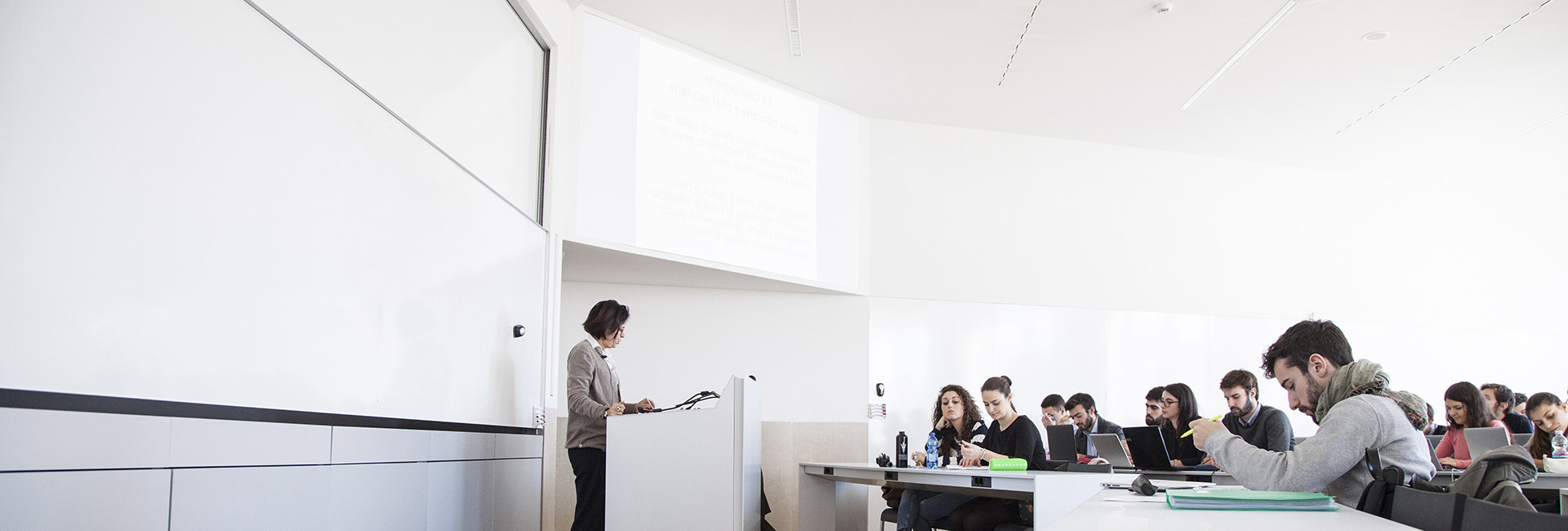Davide M. Coluccia
Job Market Candidate
Field: Economics
Research Interests: Economics of Innovation, Labor Economics, Economic History
Current Position: Postdoctoral Researcher, Northwestern University, since 2023
Graduation: Bocconi University, June, 2023, cum laude
References
Mara P. Squicciarini (mara.squicciarini@unibocconi.it)
Joel Mokyr (j-mokyr@northwestern.edu)
Joseph-Simon Goerlach (josephsimon.goerlach@unibocconi.it)
Joseph P. Ferrie (ferrie@northwestern.edu)
Contact
Email: davide.coluccia@northwestern.edu
Phone Number (US): +1 773 280 2242
Phone Number (EU): +39 338 2093404
Department of Economics
2211 Campus Drive, Evanston IL, 60208
JOB MARKET PAPER
Return Innovation: The Knowledge Spillovers of the British Migration to the United States, with Gaia Dossi
How does innovation diffuse across countries? In this paper, we document that out-migration promotes the diffusion of innovation from the country of destination to the country of origin of migrants. Between 1870 and 1940, nearly four million British immigrants settled in the United States. We construct a novel individual-level dataset linking British immigrants in the US to the UK census, and we digitize the universe of UK patents over 1853-1899. Using a new shift-share instrument for bilateral migration and a triple-differences design, we document that migration ties contribute to technology diffusion from the US to the UK. Through high-dimensional text analysis, we find that emigrants promote technology transfer, but they also nurture the production of original innovation. Physical return migration is an important driver of this “return innovation” effect. However, we find that the interactions between emigrants and their origin communities promote technology diffusion, even absent return migration. Additionally, we show that migration ties propel knowledge flows by fostering cross-border market integration.
WORKING PAPERS
Emigration Restrictions and Economic Development: Evidence from the Italian Mass Migration to the United States, with Lorenzo Spadavecchia
This article studies the impact of immigration restriction policies on technology adoption in countries sending migrants. From 1920 to 1921, the number of Italian immigrants to the United States dropped by 85% after Congress passed the Emergency Quota Act, a severely restrictive immigration law. In a difference-in-differences setting, we exploit variation in exposure across Italian districts to this massive restriction against human mobility. Using novel individual-level data on Italian immigrants to the US and newly digitized historical censuses, we show that this policy substantially hampered technology adoption and capital investment. We interpret this as evidence of directed technical adoption: an increase in the labor supply dampens the incentive for firms to adopt labor-saving technologies. To validate this mechanism, we show that more exposed districts display a sizable increase in overall population and employment in manufacturing. We provide evidence that “missing migrants,” whose migration was inhibited by the Act, drive this result.
Dealing with Adversity: Religiosity or Science? Evidence from the Great Influenza Pandemic, with Enrico Berkes, Gaia Dossi, and Mara P. Squicciarini
How do societies respond to adversity? After a negative shock, separate strands of research document either an increase in religiosity or a boost in innovation efforts. In this paper, we show that both reactions can occur at the same time, driven by different individuals within society. The setting of our study is the 1918–1919 influenza pandemic in the United States. To measure religiosity, we construct a novel indicator based on naming patterns of newborns. We measure innovation through the universe of granted patents. Exploiting plausibly exogenous county-level variation in exposure to the pandemic, we provide evidence that more-affected counties become both more religious and more innovative. Looking within counties, we uncover heterogeneous responses: individuals from more religious backgrounds further embrace religion, while those from less religious backgrounds become more likely to choose a scientific occupation. Facing adversity widens the distance in religiosity between science-oriented individuals and the rest of the population, and it fuels the polarization of religious beliefs.
Racial Discrimination and Lost Innovation, with Gaia Dossi and Sebastian Ottinger
Can racial discrimination harm innovation? We study this question using data on US inventors linked to population censuses in 1895-1925. Our novel identification strategy leverages plausibly exogenous variation in the timing of lynchings and the name of the victims. We find an immediate and persistent decrease in patents granted to inventors who share their names with the victims of lynchings, but only when victims are Black. We hypothesize that lynchings accentuate the racial content of the victim’s name to patent examiners, who cannot observe the inventors’ race from patent applications. We interpret these findings as evidence of discrimination by patent examiners and provide results against alternative mechanisms.
WORK IN PROGRESS
Natural Disasters, Industrial Policy, and the Direction of Innovation, with Mara P. Squicciarini
Liberation Technology? The Labor Market Impact of the Sewing Machine on Women, with Philipp Ager
Uniting Diversity: Urban Infrastructure and Innovation in the United States, with Eleonora Patacchini
A Penny for Your Patent? The 1883 Patent Reform Act and Innovation Dynamics in England
Sticky Intergenerational Political Preferences





